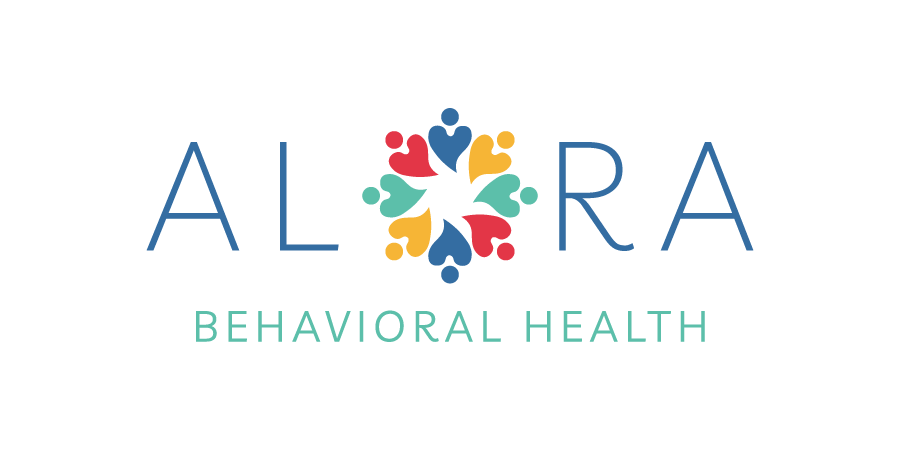Sensory-friendly spaces offer comfort, safety, and calm—especially for children with autism or sensory processing challenges. These environments can help reduce stress, support regulation, and give children a place to reset. But creating one doesn’t have to mean spending hundreds of dollars on specialty items.
With a little creativity, you can make a cozy, effective sensory-friendly space right in your home—without breaking your budget.
Start with What You Have
You don’t need to reinvent your home. Many everyday items can help build a calming environment.
- Pillows and blankets make excellent soft spaces for kids to rest or decompress. Layer them into a corner to create a quiet nook.
- Lamps or string lights offer softer alternatives to harsh overhead lighting, which can feel overwhelming to sensitive eyes.
- A laundry basket or pop-up tent can double as a comforting, enclosed space for kids who crave a sense of security.
Look around your home before buying anything new—you might be surprised at what you can repurpose.
Think Small and Specific
You don’t need an entire room. A corner of a bedroom, a closet space, or even a large box can become a sensory-friendly area with the right tools.
Focus on what works best for your child:
- Do they need a quiet retreat? Use noise-canceling headphones, books, or plush toys.
- Do they need movement to regulate? Add a mini trampoline, a yoga ball, or create a “wiggle path” using tape on the floor.
- Do they seek tactile input? Use bins with rice, beans, or sand for safe, budget-friendly sensory play.
Build the space around your child’s sensory needs, not around a Pinterest-perfect vision.
Budget-Friendly Finds
You don’t have to purchase expensive therapy equipment. Here are a few low-cost ideas:
- Thrift stores and discount chains often have bean bags, cozy chairs, or sensory toys at a fraction of the price.
- Dollar stores are great for fidget toys, soft lighting, kinetic sand, and craft items.
- Garage sales or buy-nothing groups can help you find gently used items for free or very little cost.
If your child receives ABA therapy, your BCBA or therapy team may even have suggestions for household items that match their goals.
Use the Five Senses as a Guide
A sensory-friendly space should appeal to your child’s unique sensory profile. Thinking through each sense can help guide your setup:
- Sight: Soothing colors, dim lighting, visual schedules
- Sound: Soft music, white noise machines, headphones
- Touch: Blankets, textured fabrics, fidget tools
- Smell: Scented lotion, essential oils (if safe and appropriate)
- Movement: Rocking chair, wiggle cushion, stretching space
You don’t need to include all five senses—just focus on what helps your child feel calm and centered.
Keep It Flexible
As your child grows or changes, so will their sensory needs. That’s why it’s helpful to create a space that can evolve over time. Keep a small bin nearby with extra tools or swap out items based on your child’s current goals in therapy.
Check in with your BCBA if you’re unsure what to include—they can offer ideas based on your child’s specific preferences and learning style.
You Don’t Need Fancy to Be Effective
Creating a sensory-friendly environment is less about buying the “right” tools and more about noticing what your child responds to. Sometimes, a blanket fort and a few favorite books do the job beautifully.
With thoughtfulness and creativity, even the simplest setups can offer a powerful sense of comfort and control—for both your child and your family.
